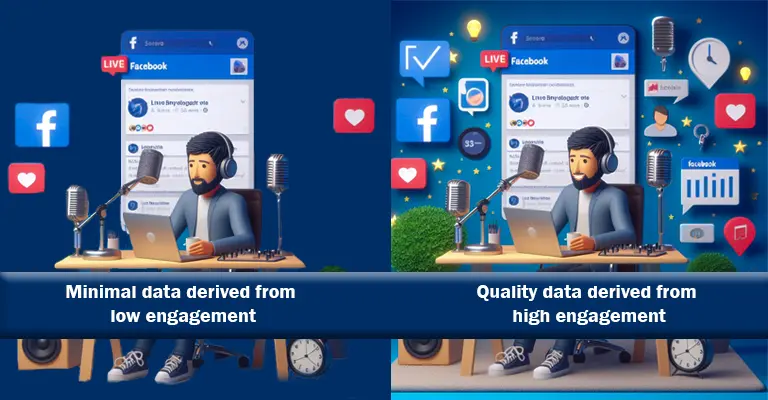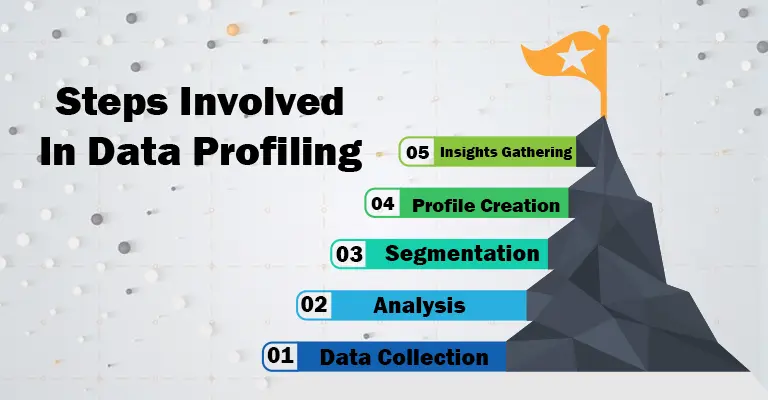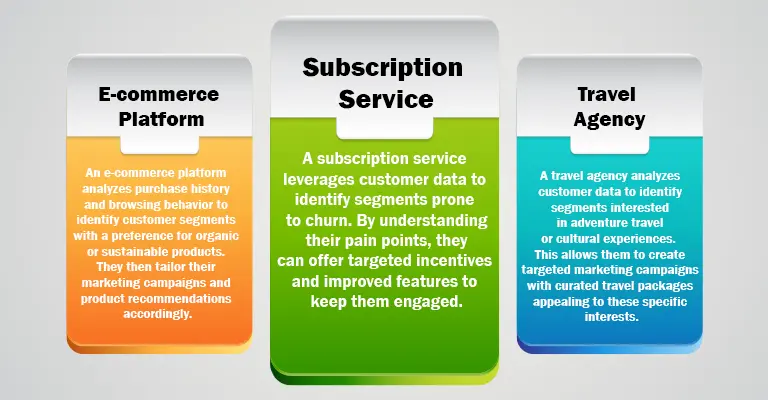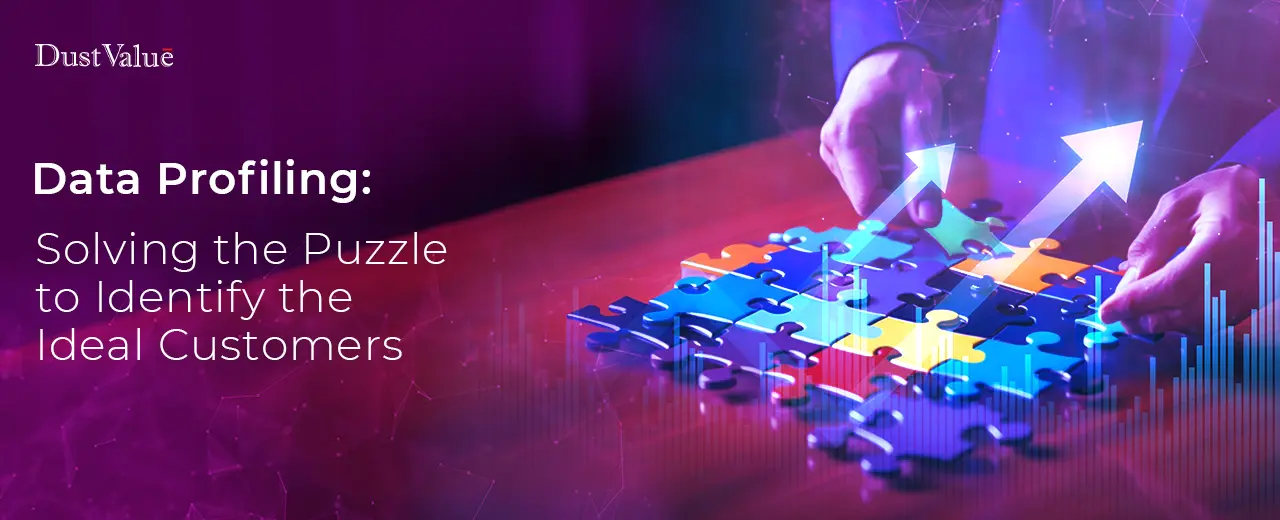Data Profiling: How to Attract Your Ideal Customer and Boost Sales
In today's competitive landscape, understanding your customers is no longer a luxury - it's a necessity. Imagine a world where your marketing efforts resonate deeply with your target audience, converting leads into loyal customers effortlessly - this is the power of data profiling.
Data profiling is the process of collecting, analysing, and organizing customer data to create detailed profiles that represent your ideal customer. These profiles go beyond basic demographics and delve into psychographics, behaviours, and pain points. By understanding the "who" and "why" behind your customers, you can tailor messaging, personalize experiences, and ultimately attract the right kind of customers who are more likely to convert and stay loyal.
This blog mainly talks about the basics of data profiling and how it can be used to attract your target customers.
Business Benefits of Data Profiling for Attracting Your Ideal Customer

Laser-Targeted Marketing: Forget scattershot marketing campaigns, data profiling allows you to pinpoint the exact demographics, interests, and online behaviour of your ideal customer. This empowers you to create targeted marketing campaigns that resonate deeply with your audience, leading to higher engagement and conversion rates.
Personalized Customer Experiences: Today's customers crave a personalized experience. Data profiling allows you to tailor your marketing messages, website content, and even product recommendations based on individual customer preferences. This personalized touch fosters brand loyalty and encouraged repeat business.
Reduced Customer Acquisition Costs: Reaching the wrong audience is a waste of resources. Data profiling allows you to focus your marketing efforts on the most profitable customer segments, leading to a significant reduction in customer acquisition costs.
Improved Customer Retention: Understanding your ideal customer's needs allows you to develop products and services that directly address their pain points. This, in turn, increases customer satisfaction and retention, leading to long-term loyalty and recurring revenue.
Steps involved in Data Profiling

Data Collection: The first step is gathering data about your existing customer base. This can include data from your CRM system, website analytics, purchase history, surveys, and social media interactions.
Data Analysis:Once you have your data, the next step is to analyse it using data visualization tools or marketing automation platforms. Identify trends, patterns, and commonalities amongst your customer segments.
Customer Segmentation:Based on your analysis, segment your customers into distinct groups based on shared characteristics. These segments should represent your ideal customer profiles.
Develop Customer Profiles:For each segment, create a detailed customer profile. This profile should include demographics, firmographics (for businesses), psychographics (values, interests, and lifestyles), online behaviour, buying habits, and pain points.
Actionable Insights: Use the insights gleaned from your customer profiles to inform your marketing strategies. Tailor your messaging, content creation, and product development to resonate with each customer segment.
Tips for Implementing Data Profiling
- Start Small: Don't get overwhelmed by the idea of a massive data project. Begin by focusing on a specific customer segment or campaign.
- Focus on Quality, Not Quantity: It's better to have a smaller set of high-quality data than a large set of inaccurate or incomplete data.
- Invest in the Right Tools: Marketing automation platforms and customer relationship management (CRM) software can greatly streamline data collection and analysis.
- Stress on the Importance: Ensure everyone in your sales and marketing team understands the importance of data profiling and how to use customer insights effectively.
- Respect Data Privacy: Always comply with data privacy regulations when collecting and utilizing customer data. Be transparent about how you use customer data and obtain explicit consent where necessary.
Conclusion
Data profiling is a powerful tool that empowers businesses to attract their ideal customers and boost sales. It is relevant for most industries and can be used by businesses belonging to various domains. A few industry examples are given below:

By leveraging customer data, you can gain a deeper understanding of your target audience, personalize your marketing strategies, and ultimately create a more customer-centric experience that fosters loyalty and drives long-term success. Embrace the power of data profiling and watch your customer acquisition and retention rates soar.
Ready to unleash the power of data profiling in your business? Explore data profiling tools and methodologies that can help you build detailed customer profiles and unlock new levels.
Contact Dust Value today at:
www.dustvalue.com